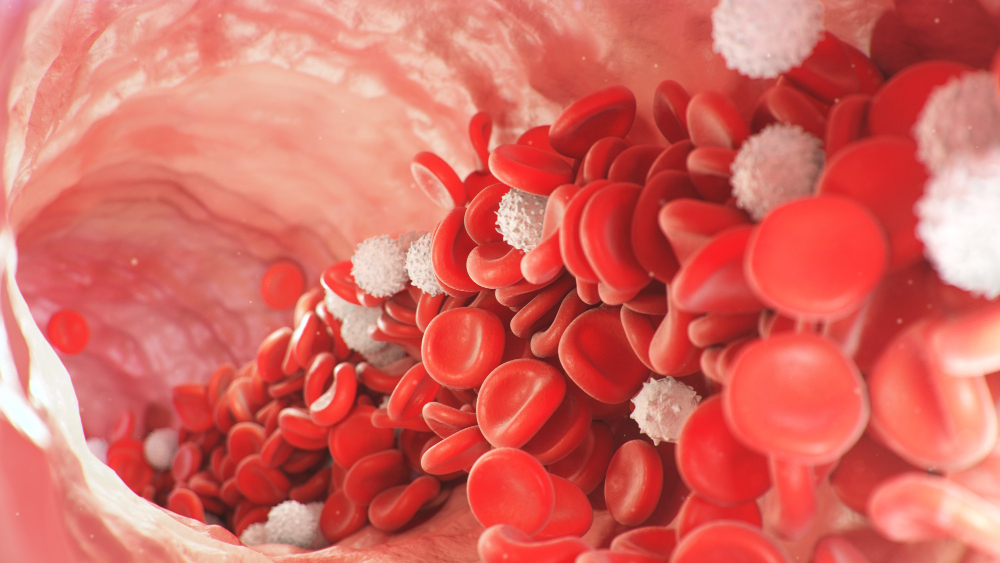What Are Hemoglobinopathies?
Hemoglobinopathies are inherited blood disorders. They affect the hemoglobin in your red blood cells. Hemoglobin is a protein that carries oxygen throughout your body. When you have a hemoglobinopathy, your hemoglobin does not work as it should. Because of this, your body may not get enough oxygen. Common types of hemoglobinopathies include sickle cell disease and thalassemia. These conditions are passed from parents to children through genes. According to the World Health Organization (WHO), millions of people worldwide live with these disorders.
Common Symptoms of Hemoglobinopathies
Symptoms of hemoglobinopathies can vary. Some people have mild signs, while others have severe problems. However, most symptoms relate to low oxygen in the body. For example, you may notice:
Sometimes, symptoms appear early in life. In other cases, they may show up later. If you notice these signs, it is important to talk to your doctor.
Causes of Hemoglobinopathies
Hemoglobinopathies are caused by changes in the genes that control hemoglobin. These changes are called mutations. Because these conditions are genetic, they are passed from parents to children. If both parents carry the gene, their child has a higher risk. For example, sickle cell disease and thalassemia are more common in certain parts of the world, such as Africa, the Mediterranean, and South Asia. However, anyone can be affected.
How Are Hemoglobinopathies Diagnosed?
Doctors use several tests to diagnose hemoglobinopathies. Early diagnosis helps manage the condition better. Common hemoglobinopathy diagnosis methods include:
Sometimes, newborns are screened for these disorders soon after birth. If you have a family history, your doctor may suggest testing before symptoms appear.
Treatment for Hemoglobinopathies
Treatment for hemoglobinopathies depends on the type and severity. While there is no cure for most types, many treatments help manage symptoms. For example, your doctor may recommend:
With proper care, many people live healthy lives. However, regular check-ups are important.
Prevention and Lifestyle Tips
Although you cannot prevent hemoglobinopathies if you inherit the genes, you can take steps to stay healthy. For instance, you can:
Additionally, learning about your condition helps you make better choices every day.
Conclusion
In summary, hemoglobinopathies are genetic blood disorders that affect many people worldwide. Early diagnosis and proper treatment can help manage symptoms and improve quality of life. If you or a loved one may have a hemoglobinopathy, consult your healthcare provider for personalized advice and support.
